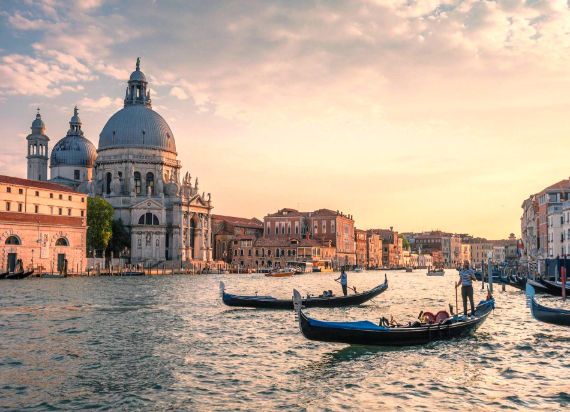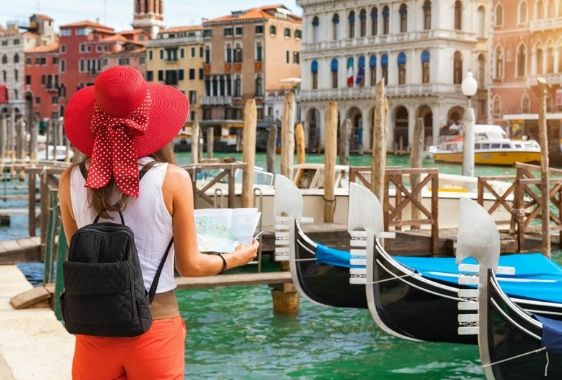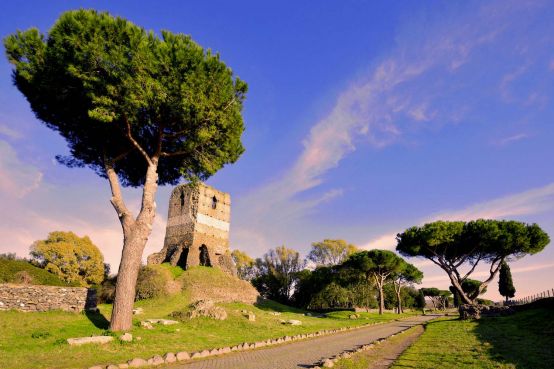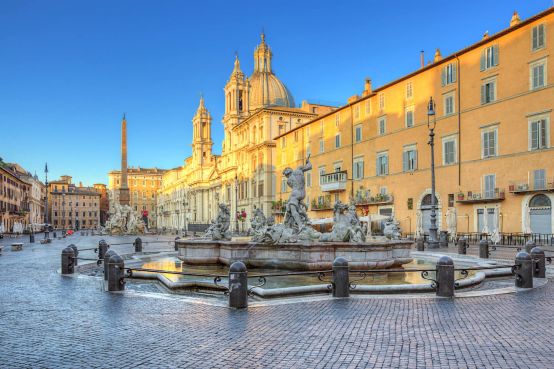The tolerance edict of 311 returned to the Christians all churches, private houses, previously confiscated land and property. Two years later with the Edict of Milan, Costantino recognised Christianity as the official religion.
The emperor would convert to the Christian faith only at his death bed and had established the church of St Giovanni in Laterano and donated the palace of the ‘Laterano' to Peter's successor. During the following century, some modest private houses were transformed into original churches ornate with splendid mosaics such as St Agnese, St Maria Maggiore, the church of Cosmos and Damiano or St Lorenzo. The form of the Christian constructions was based on imperial architecture, only slightly modified to meet needs at that time such as the basilica for St. Peter and St. Paul outside the walls and the mausoleum for St Costanza, the emperor's daughter.
At the same time as the growth and diffusion of Christianity, saw the decline of roman imperialism. In 395, after Teodosio's death, the city was divided between his sons forming an eastern and western imperial Rome.
The western empire was destroyed by attacks from the barbarians, and looted by the Visigoths in 410 and the Huns in 455 leading to it's demise with the dismissal of the last emperor Romolo Augustolo in 476. The antique buildings declined and were looted and were used for stone or lime quarries. The ‘Ostrogoti' dominated Italy keeping Ravenna as the new centre whilst Rome slowly lost it's secular power.











